Is Your Therapy Center Missing Drowning Prevention Opportunities?
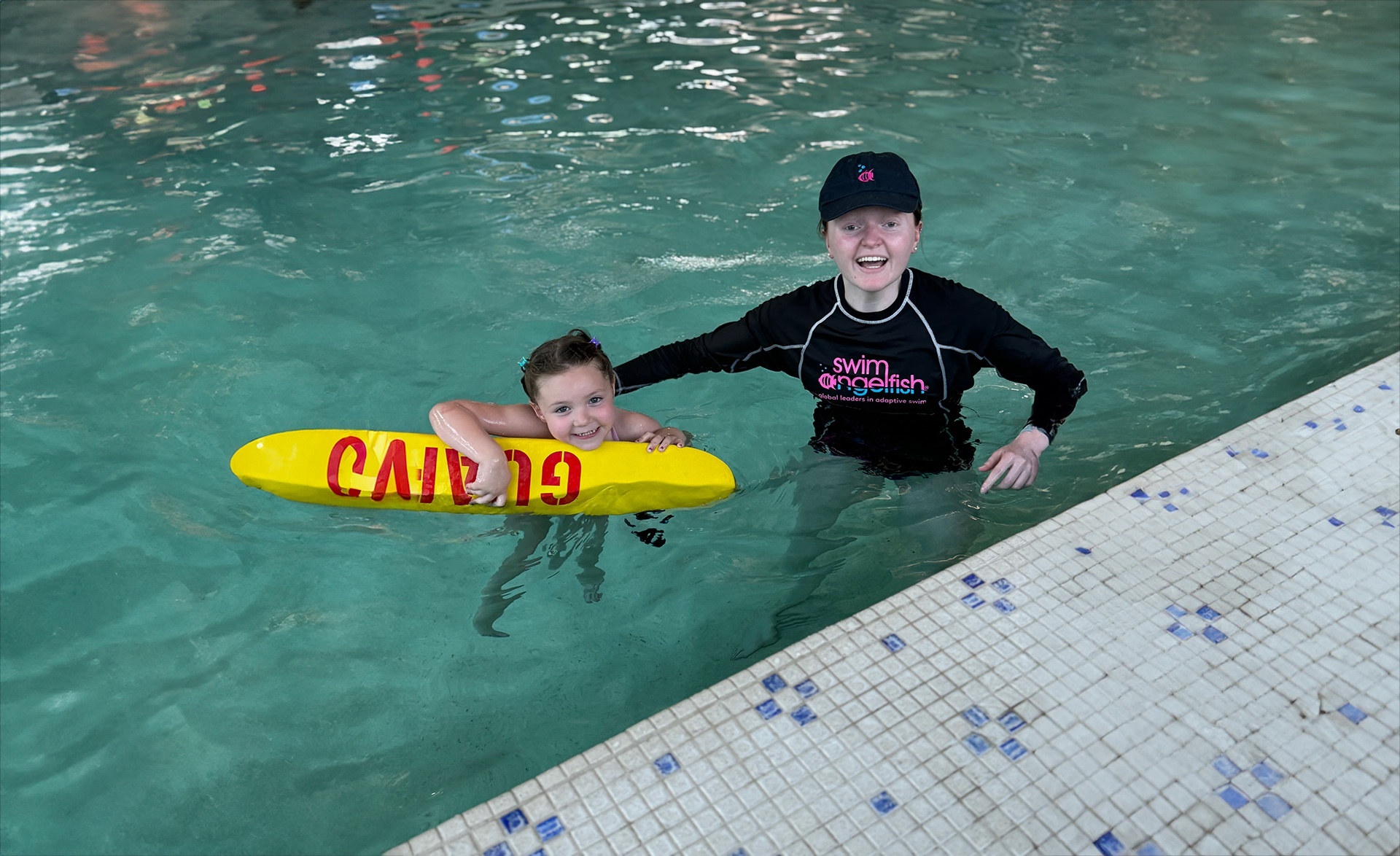
Are you a pediatric therapy center, behavior management school or clinic looking to improve water safety for your families of children with Autism, sensory or motor challenges?
Drowning is a leading cause of death for young children. Alarmingly, more children between the ages of 1–4 die from drowning than any other cause. While learning to swim by taking formal swim lessons can reduce the risk of drowning by 88% for this age group, children with Autism and other conditions face an additional challenge. These conditions are associated with a higher risk of drowning.
We have 2 strategies that you can immediately implement at your organization to educate your community about drowning prevention and enhance safety in and around water.
How to Help Children with SEND (Special Educational Needs and Disabilities) Learn About Water Safety
Did you know you can easily equip your clinic to provide water safety information to families?
During a recent visit to a local therapy center we were brainstorming about our adaptive water safety toolkit and what action they could take at the clinic to help children with Autism and special educational needs or disabilities to become familiar with rescue equipment.
A lightbulb of an idea, an AHA moment…such a simple yet powerful way to address water safety.
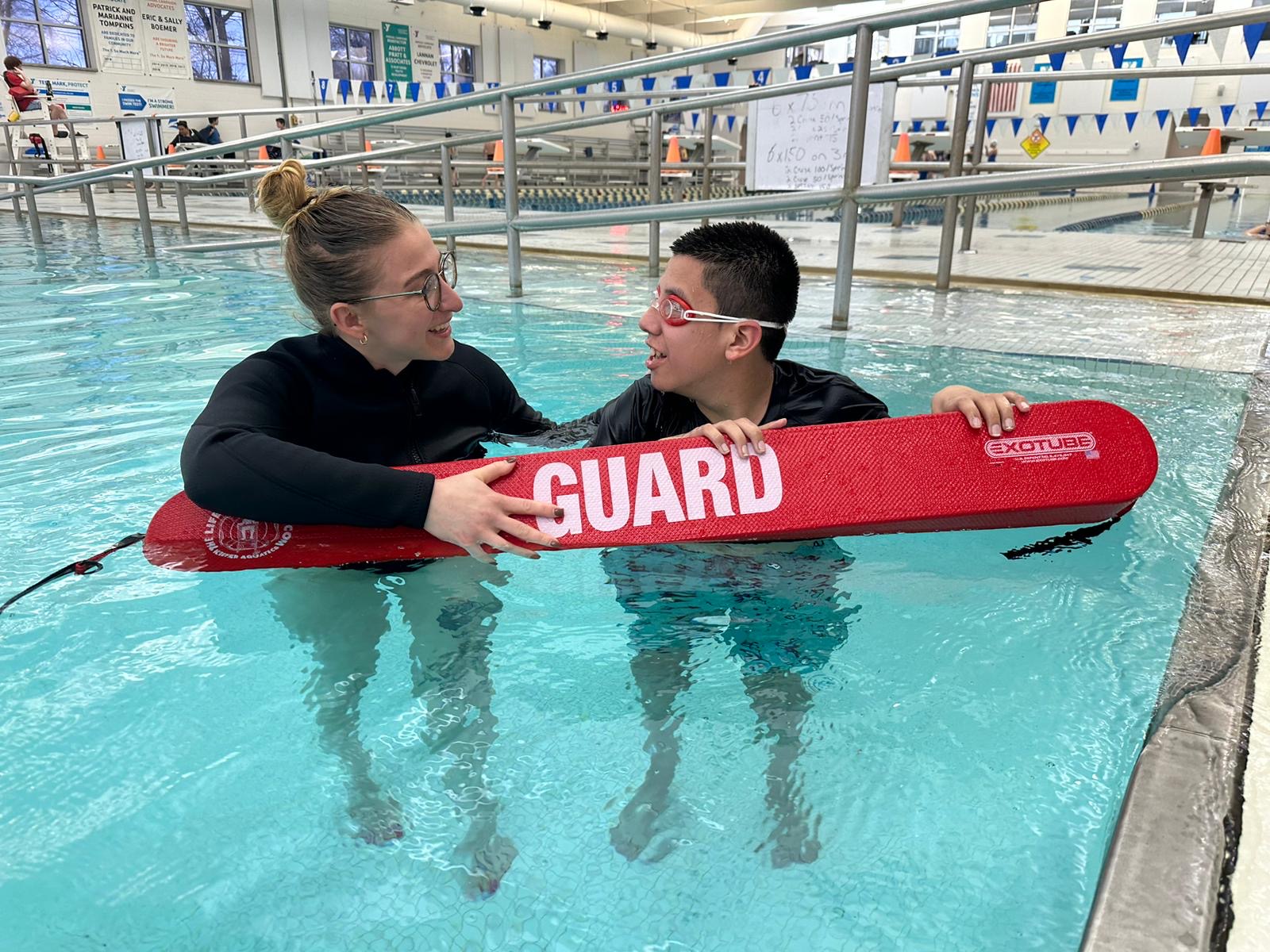
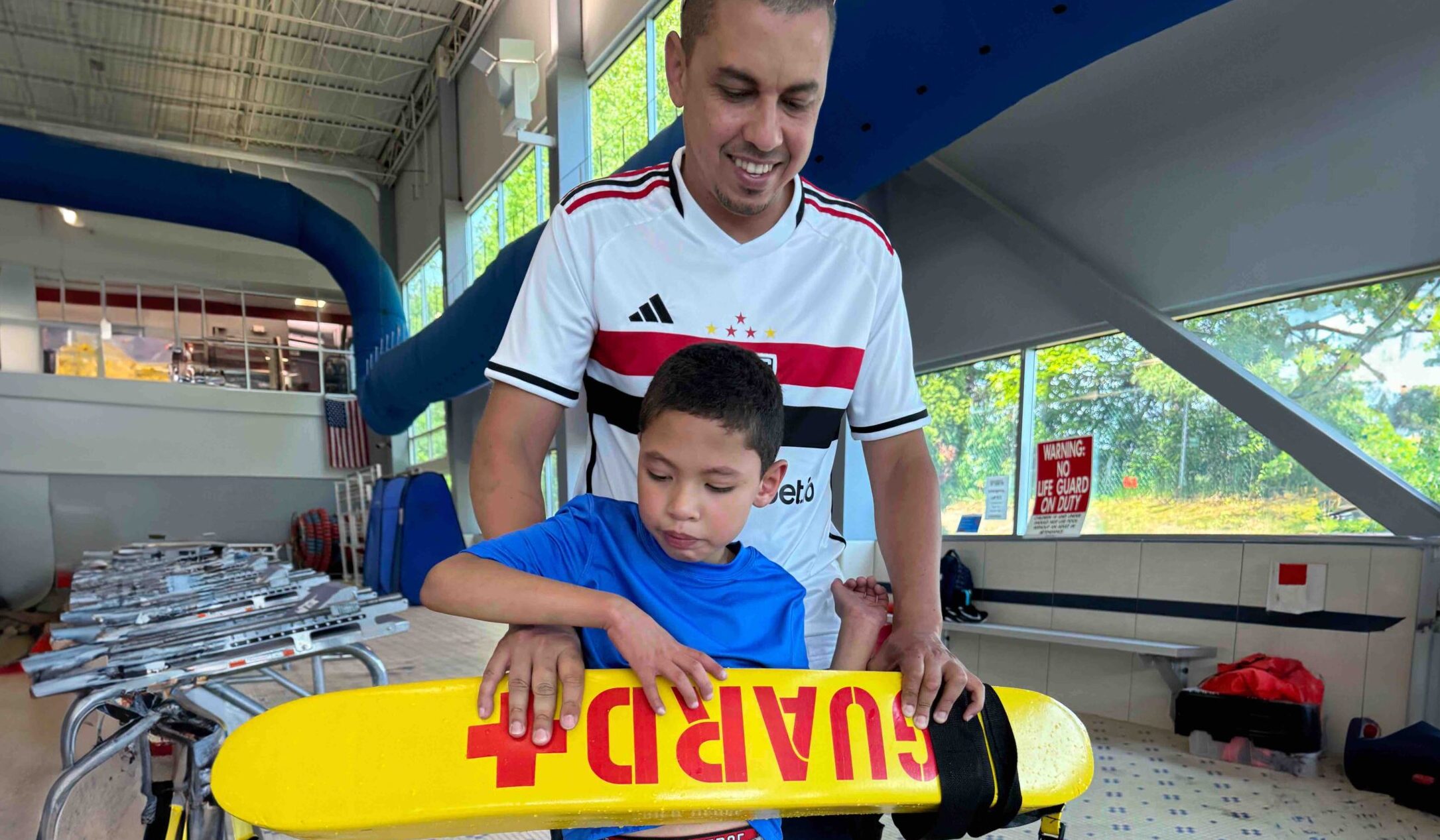
Here’s Why These Simple Strategies Can Be a Game-Changer for Water Safety
WHY you ask? Well, let’s dive into the reasons why this could be just the activity to promote water safety:
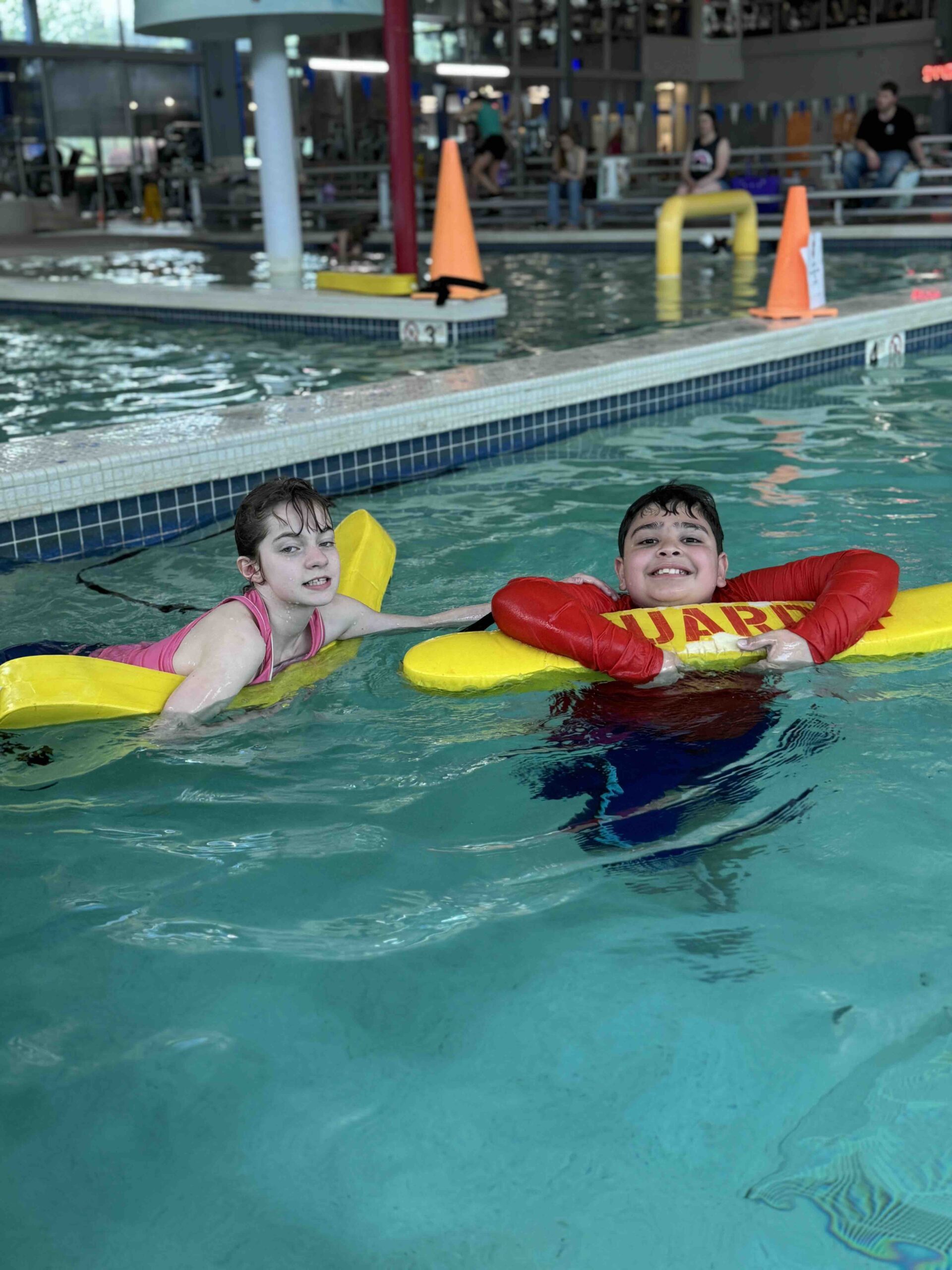
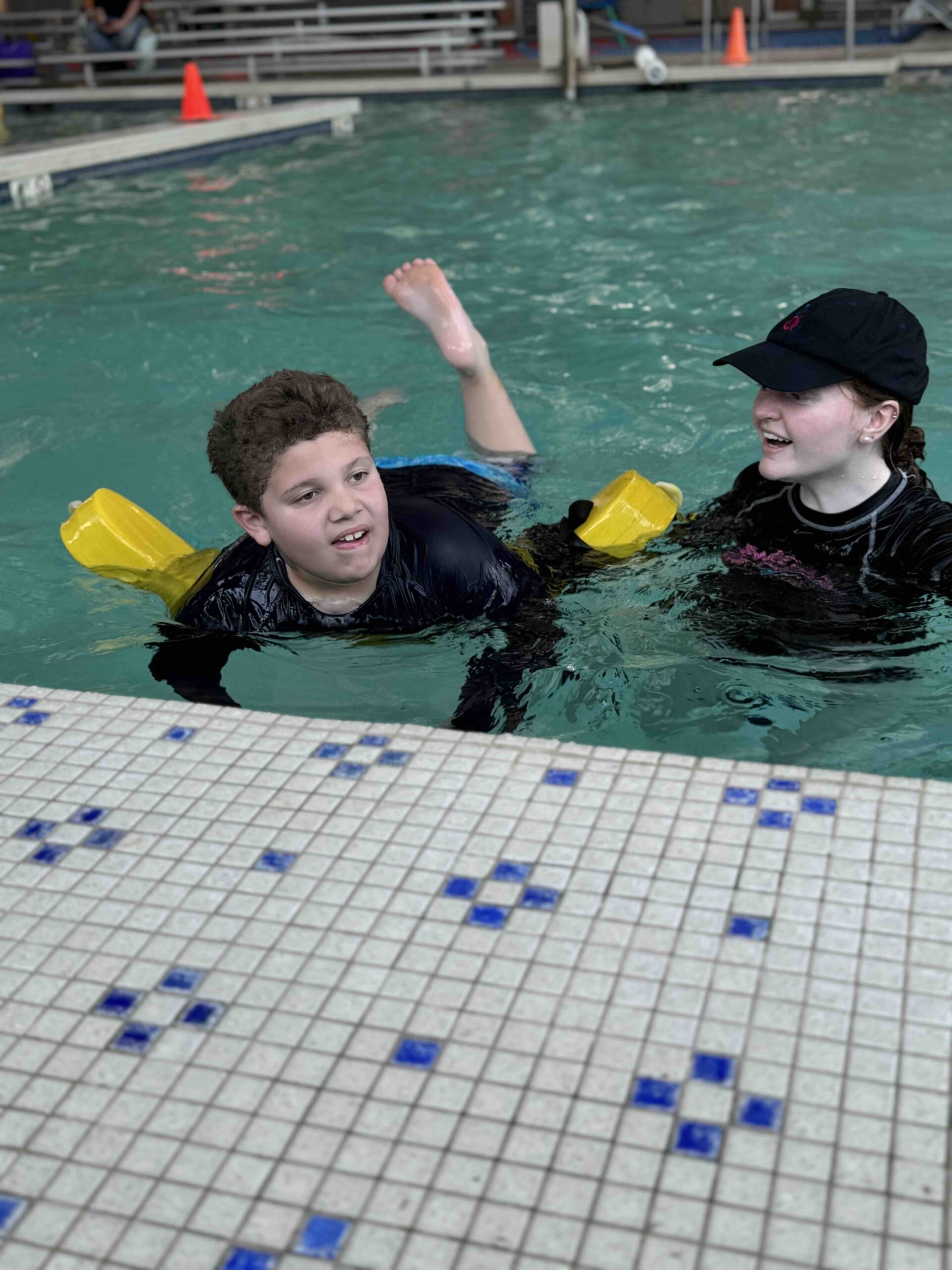
Whether you’re a therapist, clinic owner, or a parent, consider incorporating this idea into your child’s weekly therapy activities. In fact, this approach can benefit all children, not just those with special needs.


